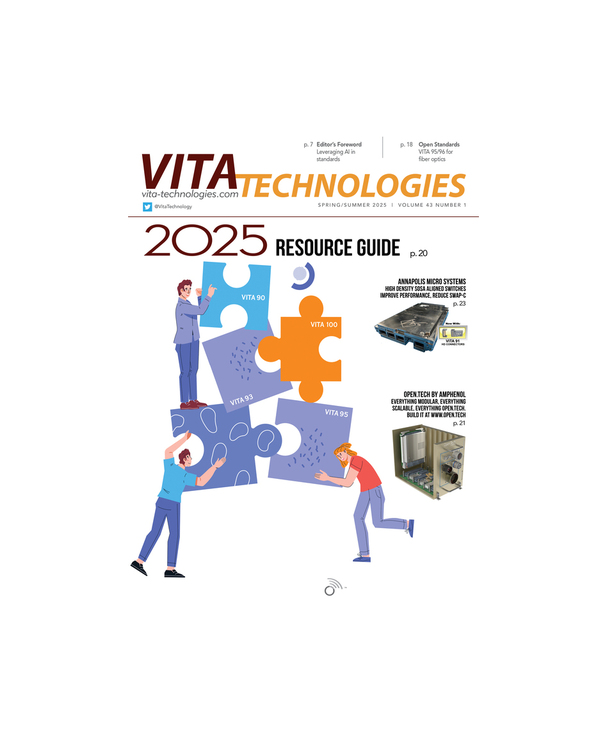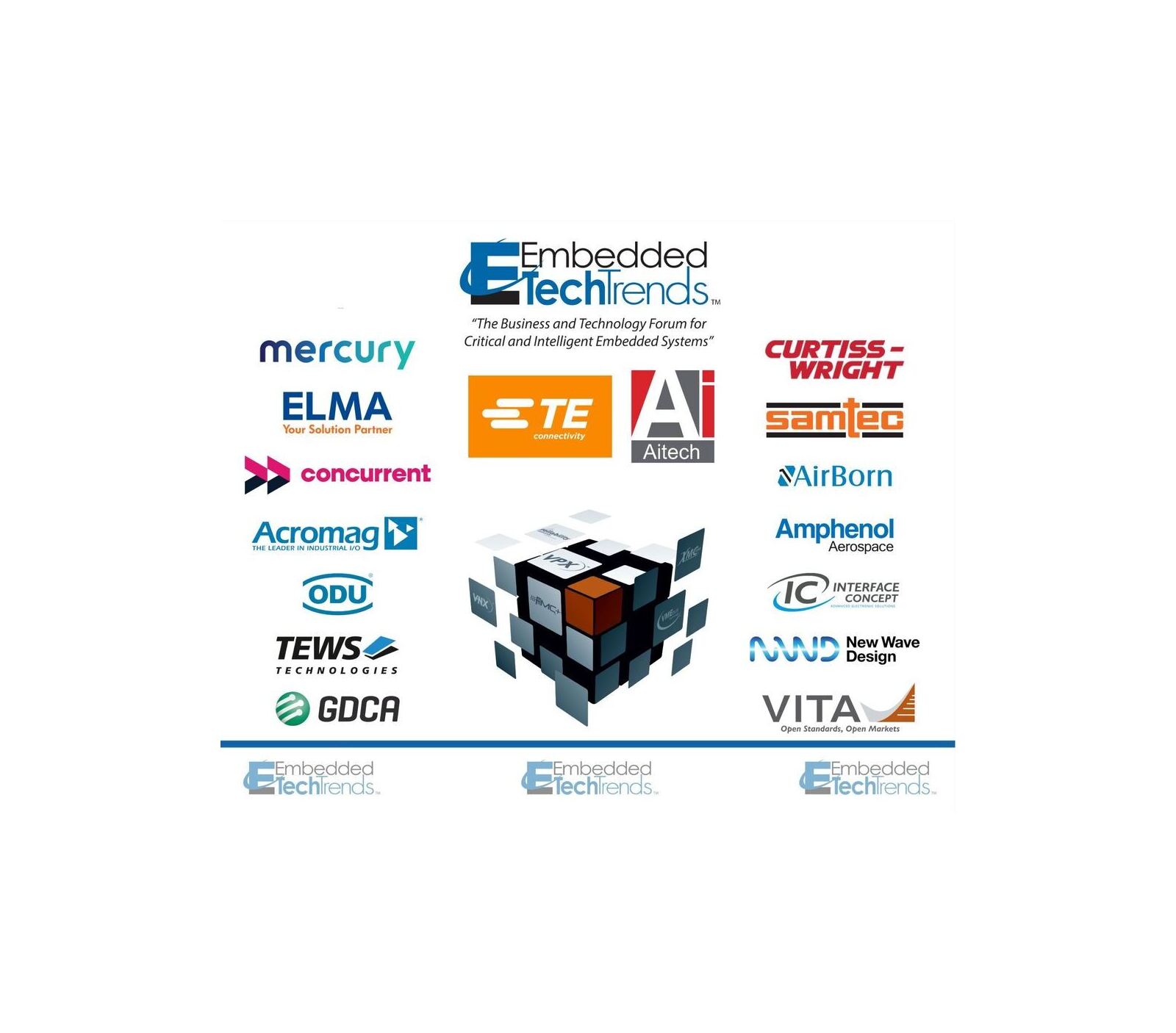AUSA 2015, Washington D.C. — VITA, the trade association dedicated to fostering American National Standards Institute (ANSI) accredited, open system architectures in critical embedded system applications today announced its newest sponsor member, the U.S. Army’s Communications-Electronics Research, Development and Engineering Center (CERDEC). CERDEC is developing the U.S. Army’s Modular Open RF Architecture (MORA) which will enable the development of true open standards-based RF and microwave modules and small-form factor subsystem designs that address the size, weight, and power consumption (SWaP) constraints of today’s ground vehicles.
Wide embedded industry support of the modular and scalable MORA architecture will help drive the network-based connectivity of sensors and peripherals on ground vehicles and help speed the deployment of new C4ISR/EW capabilities. MORA is based on the popular OpenVPX™ ANSI/VITA module and backplane open standard framework managed by VITA members. MORA-based hardware and software solutions developed by VITA member companies will enable enhanced C4ISR/EW capabilities to exist within the SWaP constraints of platforms and provide subsystem commonality across the vehicle fleet to reduce life cycle costs.
“We look forward to CERDECs participation as a sponsor VITA member to inspire development of key specifications in support of the U.S. Army’s MORA architecture. The commitment of VITA members to develop true open standards-based embedded solutions for the defense and aerospace market makes VITA the ideal venue for this effort,” said Jerry Gipper, VITA Executive Director. “We look forward to contributing to this important initiative to reduce ground vehicle RF and microwave subsystem costs and increase commonality through the use of COTS-based open architecture solutions.”
About the MORA Architecture
Current C4ISR/EW systems use single purpose hardware and software that lack flexibility and compete for limited resources on the platform (i.e., space, power, spectrum). CERDEC is defining a converged open architecture that will provide open interfaces to enable rapid insertion of new capabilities, interoperability and a reduced SWaP footprint.
The MORA architecture, which extends the U.S. Army’s VICTORY architecture, will:
• Enable sharing of hardware and software components among C4ISR/EW capabilities.
• Allow technology refresh to keep pace with threats while improving reliability and robustness.
• Support current and future interoperability requirements and facilitates transition planning.
• Permit capabilities that are innovative but unplanned to be rapidly implemented, “future-proofing”.
• Reduce developmental and acquisition costs through greater commercial competition.
About CERDEC
The Communications-Electronics Research, Development and Engineering Center is part of the U.S. Army Research, Development and Engineering Command, which has the mission to develop technology and engineering solutions for America’s Soldiers. The Communications-Electronics Research, Development and Engineering Center, more commonly known as CERDEC, actively advances Soldier capabilities that enable situational awareness and understanding, establish and secure communications, and protect Soldiers from surprise attack.
More than 3,000 Department of Army civilians, military service members and contractors make up CERDEC’s workforce of scientists, engineers and business support professionals. CERDEC’s long history of researching and engineering excellence continues in state-of-the-art laboratories and administrative facilities that opened in 2011 at Aberdeen Proving Ground, Md. CERDEC has its second largest concentration of labs at Fort Belvoir, Va., with additional facilities at Joint Base McGuire-Dix-Lakehurst, N.J. and other areas across the U.S. and overseas. For more information, visit www.cerdec.army.mil.
About VITA
Founded in 1984, VITA is an incorporated, non-profit organization of suppliers and users who share a common market interest in critical embedded systems. VITA champions open system architectures. Its activities are international in scope, technical, promotional, and user-centric. VITA aims to increase total market size for its members, expand market exposure for suppliers, and deliver timely technical information. VITA has ANSI and IEC accreditation to develop standards (VME, VXS, VPX, OpenVPX, VPX REDI, XMC, FMC, VNX, etc.) for embedded systems used in a myriad of critical applications and harsh environments. For more information, visit www.VITA.com.
VITA and the VITA, VMEbus Technology, VXS, VPX, OpenVPX, VPX REDI, XMC, FMC, and VNX logos are trademarks of VITA in the United States and other countries. Other names and brands may be trademarks or registered trademarks of their respective holders.









